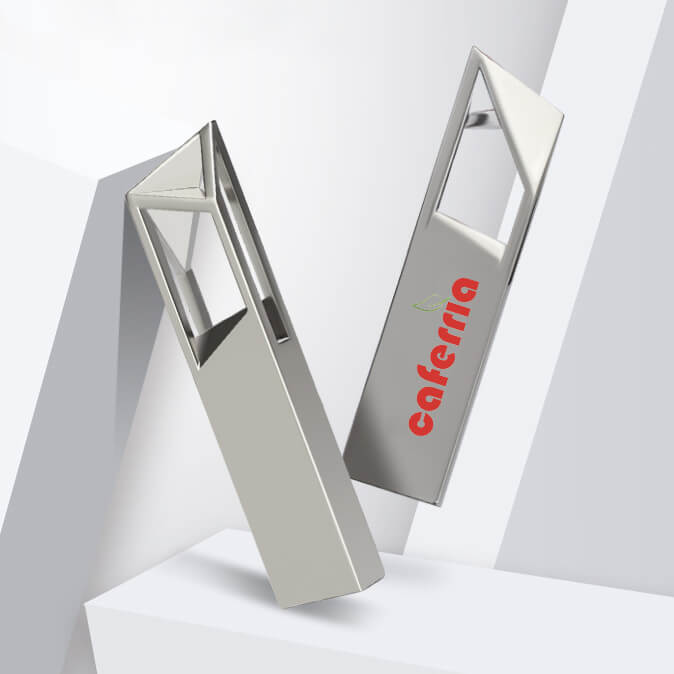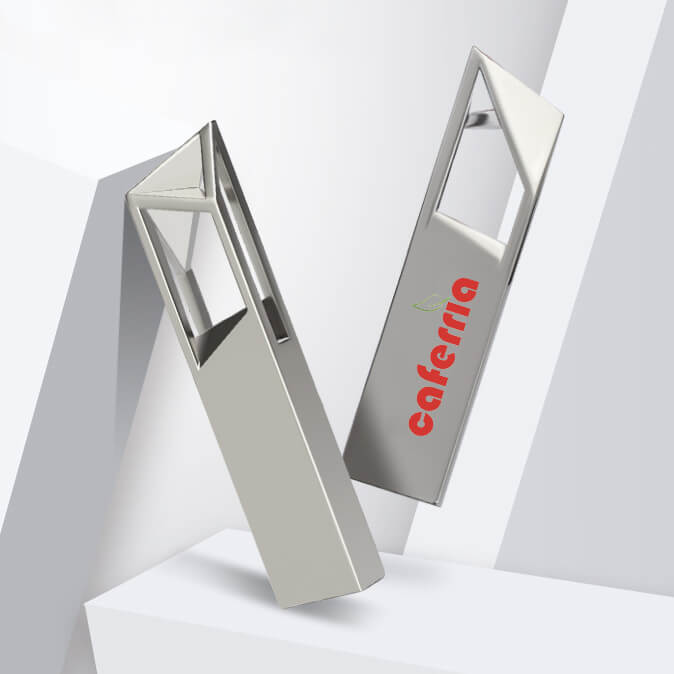USB flash drive definition

Understanding the USB Flash Drive Concept

A USB flash drive, also known as a thumb drive, jump drive, or pen drive, is a portable storage device that uses flash memory to store and transfer data. It connects to a computer or other electronic device using a USB port and is widely used for data storage, data backup, and file transfer purposes.
1. The History of USB Flash Drives
The concept of the USB flash drive was first introduced in the late 1990s by an Israeli company named M-Systems, which invented and patented the technology. The first commercial USB flash drive, called the DiskOnKey, was released by IBM in 2000.
Since then, USB flash drives have rapidly gained popularity and have become the preferred portable storage solution for individuals and businesses. They have replaced floppy disks, CDs, and other traditional storage media due to their compact size, large storage capacity, and convenience.
2. Key Features and Advantages of USB Flash Drives
USB flash drives offer several features and advantages that make them highly versatile and widely used:
a. Portability: USB flash drives are small and lightweight, making them easy to carry around and use on different devices. They can easily fit in a pocket, bag, or keychain.
b. Storage Capacity: USB flash drives are available in various storage capacities, ranging from a few gigabytes to several terabytes. Users can choose the capacity that best suits their needs.
c. Compatibility: USB flash drives are universally compatible with different operating systems, including Windows, Mac, Linux, and even some smart TVs and car audio systems. They work seamlessly across multiple devices.
d. Plug-and-Play: USB flash drives are plug-and-play devices, which means they can be easily connected and used without the need for additional software or drivers. They are recognized by the computer or device automatically.
e. Durability: USB flash drives are solid-state storage devices with no moving parts, making them more durable and resistant to shocks, vibrations, and temperature changes compared to traditional hard drives or optical media.
3. Common Uses of USB Flash Drives
USB flash drives have a wide range of applications and are used in various industries and sectors. Some common uses include:
a. Data Storage and Backup: Users can store important documents, files, photos, videos, and other data on a USB flash drive as a backup or additional storage option. They provide a convenient way to transfer and transport data between different devices.
b. Operating System Installation: USB flash drives are commonly used to install or reinstall operating systems on computers. They can be used to create bootable drives for Windows, Mac, Linux, and other operating systems.
c. Software and Application Distribution: USB flash drives are utilized by software developers and IT professionals to distribute software, updates, and applications to clients or colleagues quickly.
d. Promotional and Marketing Tool: Many companies use customized USB flash drives as promotional giveaways or marketing tools. They can be branded with the company logo and preloaded with promotional content.
In conclusion, a USB flash drive is a portable and versatile storage device that uses flash memory to store and transfer data. Its small size, large storage capacity, and compatibility with various devices and operating systems make it an essential tool for individuals and businesses. Whether you need to store, backup, or transfer data, a USB flash drive provides a convenient and reliable solution.




